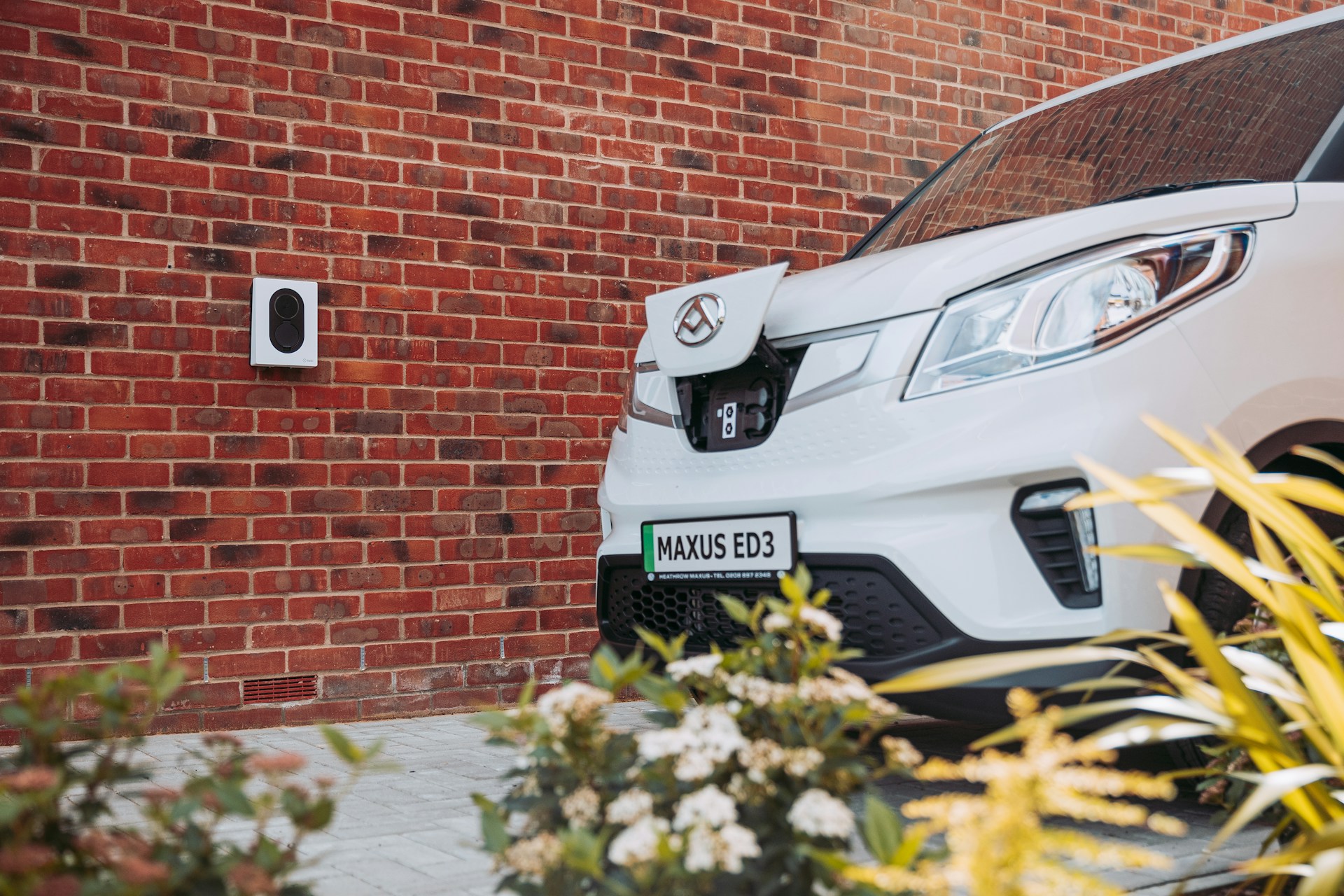Fleet electrification is no longer just a buzzword; it’s a revolution reshaping the transportation and manufacturing industries. For manufacturers, adopting electric fleets isn’t just about being eco-friendly; it’s about staying competitive in a rapidly changing market. But what does fleet electrification really mean, and how does it affect you as a manufacturer? Let’s dive into this electrifying topic.
What is Fleet Electrification?
Fleet electrification means replacing traditional fuel-powered vehicles with electric ones (EVs) within a company’s fleet. It could include delivery vans, trucks, forklifts, or any vehicles used in daily operations. Instead of running on gasoline or diesel, these vehicles are powered by electricity stored in batteries.
Think of it as upgrading your smartphone. Just like a modern phone does more than make calls, an electric vehicle offers more than just transportation. It’s smarter, cleaner, and often more cost-efficient in the long run.
Why Should Manufacturers Care About Fleet Electrification?
If you’re a manufacturer, fleet electrification isn’t just a nice-to-have; it’s a must-have. Here’s why:
1. Cost Savings Over Time
While electric vehicles can have a higher upfront cost, their maintenance and fuel costs are significantly lower. EVs don’t need oil changes, and electricity is generally cheaper than gasoline or diesel. Over time, these savings can add up, especially for large fleets.
2. Meeting Customer Expectations
Today’s customers care about sustainability. They want to support companies that are doing their part to protect the planet. Switching to an electric fleet signals that you’re serious about reducing your carbon footprint, which can make your brand more attractive.
3. Compliance with Regulations
Governments around the world are introducing stricter emissions regulations. Fleet electrification helps manufacturers stay ahead of these rules and avoid potential fines or restrictions.
4. Staying Competitive
As more companies embrace electrification, sticking to traditional vehicles might make you look outdated. Being a leader in sustainability can set you apart from competitors and even open new business opportunities.
The Benefits of Fleet Electrification
It’s not just about cutting emissions. Here are some surprising benefits that come with fleet management platform:
Lower Maintenance Costs
Electric vehicles have fewer moving parts than internal combustion engine vehicles, meaning less wear and tear. Say goodbye to oil changes, transmission repairs, and muffler replacements. Maintenance becomes simpler and cheaper.
Quiet Operations
Electric motors are much quieter than traditional engines. This can make your work environment more pleasant and reduce noise pollution in urban areas.
Energy Efficiency
EVs convert more energy from the battery to motion compared to gas-powered vehicles. That means less energy wasted and better performance.
Potential for Energy Independence
Pairing your electric fleet with renewable energy sources like solar panels can further reduce costs and make your operations more self-reliant. Imagine charging your vehicles with energy generated right on-site!
Challenges to Consider
Of course, fleet electrification isn’t without its hurdles. Here are some challenges manufacturers might face:
Initial Investment
Switching to an electric fleet requires a significant upfront investment in vehicles and charging infrastructure. However, financial incentives and long-term savings can help offset these costs.
Charging Infrastructure
Charging an electric fleet is different from refueling at a gas station. You’ll need to set up charging stations at your facilities, which can be an expensive and time-consuming process.
Range Limitations
For long-haul operations, the limited range of some electric vehicles could be a concern. However, advancements in battery technology are steadily improving this.
Training and Adaptation
Your team will need to learn how to operate and maintain electric vehicles. From drivers to technicians, everyone will require some level of training.
A Fresh Perspective: Electrification as an Innovation Catalyst
Fleet electrification isn’t just about vehicles; it’s about rethinking how your entire operation works. For manufacturers, this shift can act as a catalyst for broader innovation. Here’s how:
Data-Driven Decisions
Electric vehicles are often equipped with advanced telematics systems that provide real-time data on performance, energy usage, and maintenance needs. This data can help you optimize routes, improve efficiency, and reduce downtime.
Integration with Smart Systems
Imagine connecting your fleet to a smart grid or using AI to schedule charging during off-peak hours to save on energy costs. Electrification can pave the way for a more interconnected and efficient operation.
Collaborative Opportunities
Partnering with EV manufacturers, energy providers, and tech companies can lead to exciting collaborations. These partnerships can help you stay at the forefront of industry trends and innovations.
Getting Started: A Step-by-Step Approach
If you’re considering fleet electrification, here’s a simple roadmap to get started:
- Assess Your Fleet: Identify which vehicles in your fleet are best suited for electrification based on usage patterns and costs.
- Research Options: Explore different electric vehicle models and charging solutions that fit your needs.
- Plan for Infrastructure: Work with experts to design and install the necessary charging infrastructure.
- Leverage Incentives: Look into government incentives and grants that can help reduce the cost of electrification.
- Train Your Team: Provide training for drivers and maintenance staff to ensure a smooth transition.
- Monitor and Optimize: Use data from your electric fleet to continuously improve operations and maximize benefits.
The Road Ahead
Fleet electrification is more than a trend; it’s a transformation. For manufacturers, embracing this change can lead to cost savings, improved efficiency, and a stronger brand image. While the journey may come with challenges, the rewards are well worth it.
So, are you ready to take the wheel and drive toward a more sustainable future? The time to electrify is now. Let’s make the switch and lead the charge together!



































